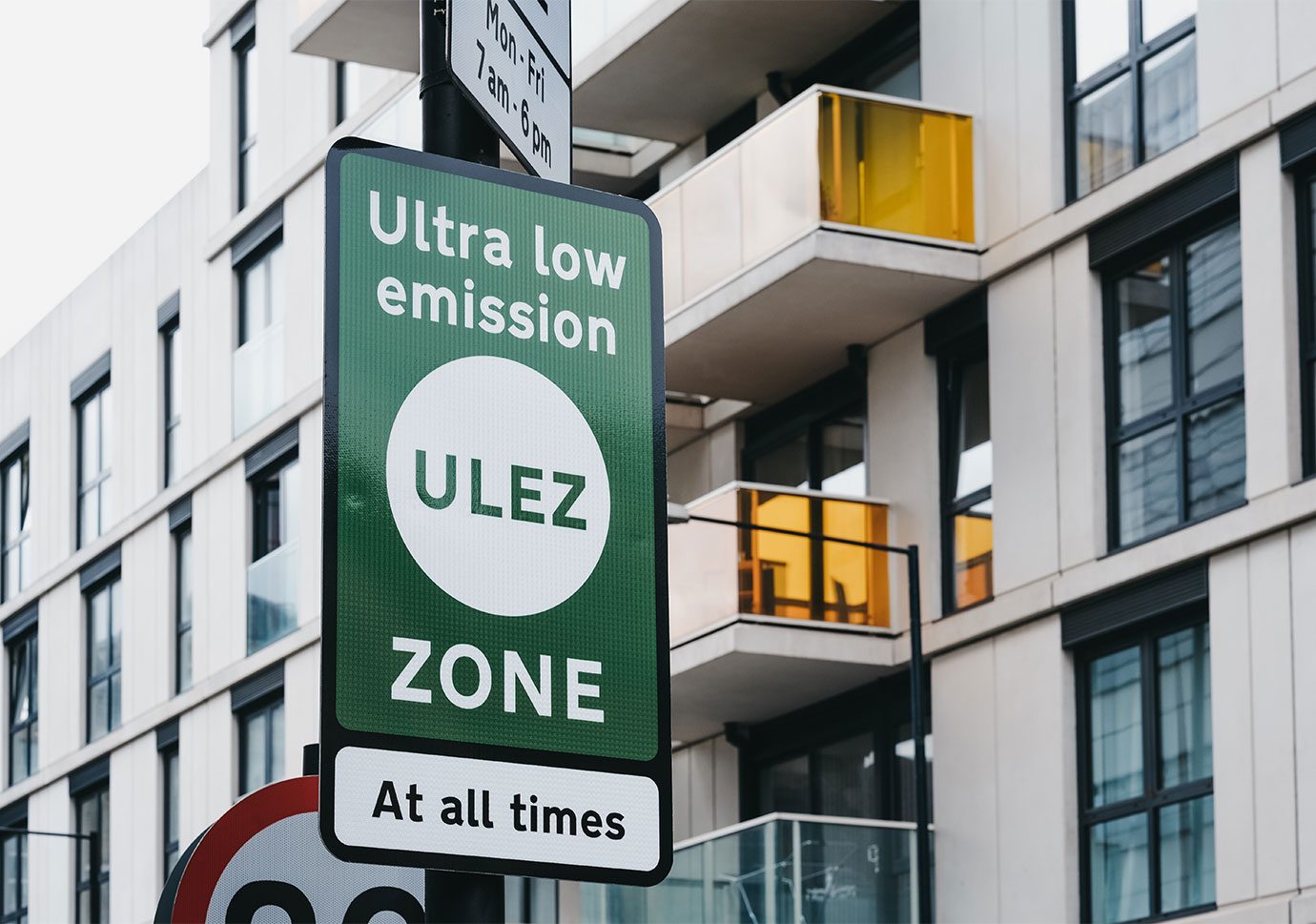
On the road towards zero-emissions mobility: city portraits and their CO2 strategies
Mobility poses one of today’s key challenges. The European Parliament has recently decided to ban all cars with an internal combustion engine from 2035 onwards, by which time manufacturers should only be selling vehicles that don’t emit any greenhouse gases. New means of transportation will therefore be needed to overcome the challenges that mobility faces in relation to safety, population density and the environment. As a climate-neutral electric vehicle, roo offers huge potential when it comes to switching to emission-free and space-saving mobility in towns and cities.
Cities are responsible for around three quarters of global CO2 emissions, and are thus of crucial importance if one is to limit global warming to 1.5 degrees Celsius. For a number of years now, many European cities such as London, Paris and Berlin as well as the metropolis of Los Angeles have been pursuing ambitious CO2 strategies to achieve the long-term climate goal of net zero greenhouse gas emissions by 2050.
Here are some of the specific changes, using these four cities as examples:
London
In recent years, electric cars have been experiencing a boom in London, and electromobility is currently being taken to the next level. The British government has made e-charging stations mandatory for new buildings from 2022 onwards, and the law now states that new houses in England must be equipped with charging devices for electric cars. Moreover, major automobile manufacturers such as Jaguar und Volvo intend to switch completely to electric vehicles by 2030 at the latest.
Paris
In August 2021, Paris imposed a 30 km/h speed limit on almost every road, the aim being to make traffic safer and reduce noise and CO2 emissions. However, the French capital had already acted and introduced the Crit’Air environmental zone in July 2016.
In the meantime, many cars as well as the Paris Métro are fully electric. Until the beginning of 2023, private buyers of electric cars will also have some of the purchase price offset by a grant of 6,000 euros, while former charging points for rental cars have been converted to public charging stations for electric vehicles.
Berlin
Particularly when it comes to buses, Berlin has set its sights on electromobility. Every bus operated by Berlin’s public transportation bodies will be powered by electricity by 2030, thereby making public transportation completely climate-friendly. So-called “pedelecs” are another element of e-mobility in the Berlin-Brandenburg region: these tw0-wheeled electric bicycles are intended to make inner city mobility greener.
Los Angeles
For many years now, Los Angeles has had some of the worst traffic in the world. Traffic congestion as well as unpunctual local transportation are particular problems in this metropolis on the west coast of the United States. California set an ambitious climate goal in 2016: by 2030, Los Angeles intends to cut its CO2 emissions by 40% when compared to 1990.
The efforts that are being made by these cities together with the acquisition of eco-friendly mobility solutions are symbolic of the shift towards sustainability in the transportation sector which is happening all over the world.
Yet even though a switch to electric cars in cities is under way, it’s necessary at the same time to rethink what urban mobility should look like. Simply replacing existing cars that use fossil fuels won’t solve congestions problems and the lack of space. Cars powered by fossil fuels or even electricity usually carry an average of only 1.2 people respectively, so vehicles weighing 1.5 tonnes but with fewer than two passengers will continue to fill the streets.
roo as the solution
By contrast, roo offers a far more efficient solution for urban mobility: roo is ten times lighter than a car and takes up one tenth of its space while using less than one tenth of its energy. That’s why we’re convinced that roo can improve urban mobility in a sustainable and innovative manner.
Are you interested in helping to shape the future of mobility? Together we can start a worldwide movement – the roovolution – and reduce emissions, traffic congestion and non-sustainable business practices. Please get in touch and become part of the movement!
sources:
https://www.politico.eu/article/european-parliament-votes-to-ban-combustion-engine-cars-from-2035/
https://www.dw.com/de/städte-spielen-zentrale-rolle-beim-kampf-gegen-klimawandel/a-50480509
https://smatrics.com/fuer-unternehmen/news/co2-freie-zonen-london
https://www.solarify.eu/2021/12/27/459-britische-regierung-schreibt-e-ladestationen-fuer-neubauten-vor/
https://www.volkswagen.de/de/elektrofahrzeuge/elektromobilitaet-erleben/e-mobilitaet-lifestyle/mit-dem-elektroauto-nach-paris.html
https://www.handelsblatt.com/technik/energie-umwelt/umwelttechnik-los-angeles-sucht-eine-saubere-zukunft-seite-2/3136148-2.html
https://punkt4.info/social-news/news/kalifornien-setzt-sich-ehrgeiziges-klimaziel.htmlhttps://de.heliox-energy.com/blog/gruene-mobilitaet-studie